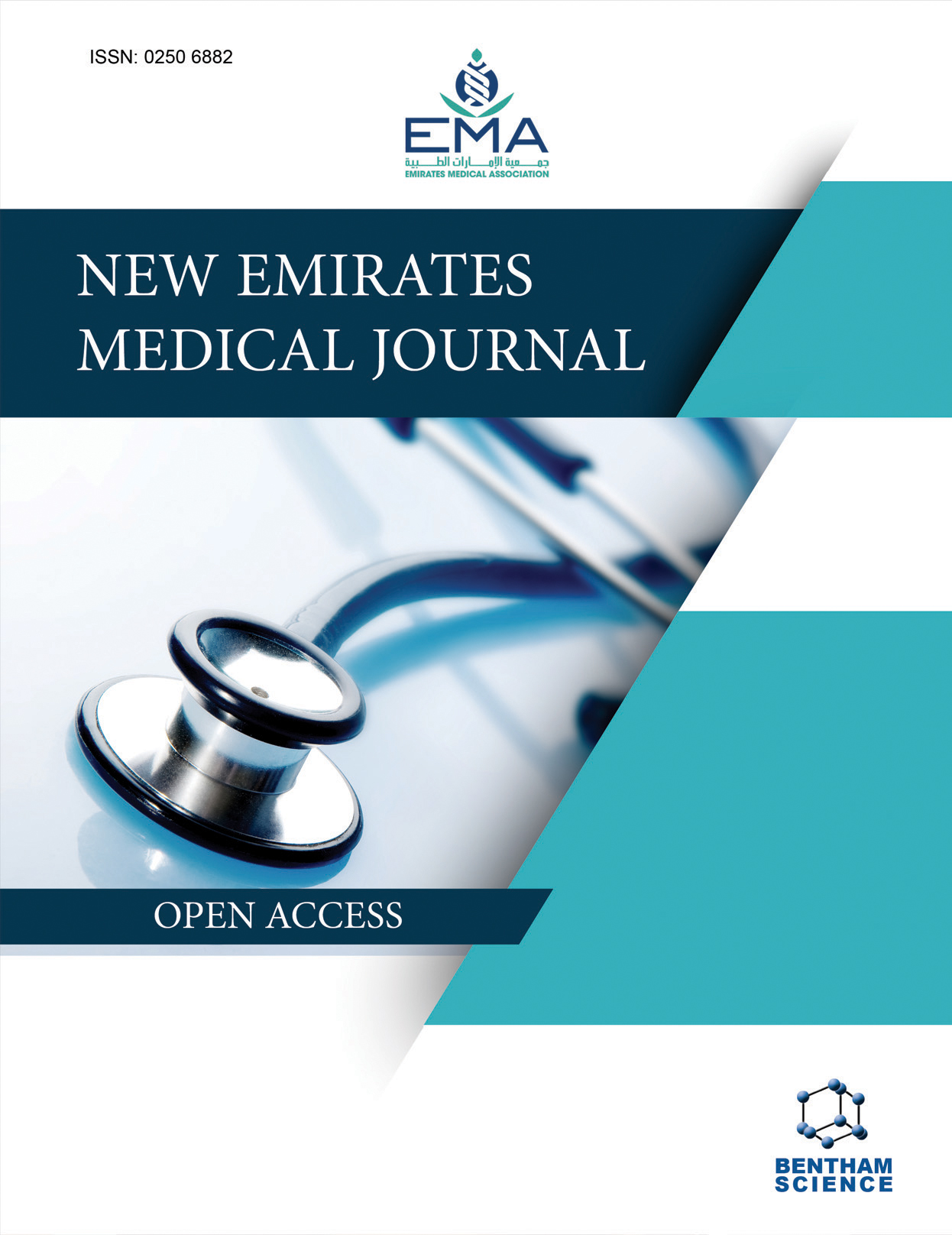-
oa Wilms Tumor and Consanguinity: A Case Report
- Source: New Emirates Medical Journal, Volume 4, Issue 2, Sep 2023, e280323215034
-
- 01 Nov 2022
- 06 Mar 2023
- 06 Jun 2023
Abstract
Wilms tumor, the second most common malignancy in childhood, is associated with hypertension in half the cases, but associated consanguinity rarely comes across, and no direct association between the incidence of nephroblastoma and consanguinity has been noted in current literature.
We present a rare case of Wilms tumor in a patient with consanguineous parents. The patient is a 4-year-old female that presented with colicky abdominal pain associated with an abdominal mass, fever over one month and hypertension. There were no congenital anomalies or urinary symptoms. Both parents are first-degree relatives. The patient underwent surgery, and histopathology confirmed a diagnosis of Wilms tumor. The postoperative course was uneventful, and chemotherapeutic treatment was initiated.
The findings in our case highlight a possible causal relationship between Wilms Tumor and consanguinity. There is little published about this, and Wilms's relative risk in consanguineous marriage is unknown. This relationship warrants further research.


